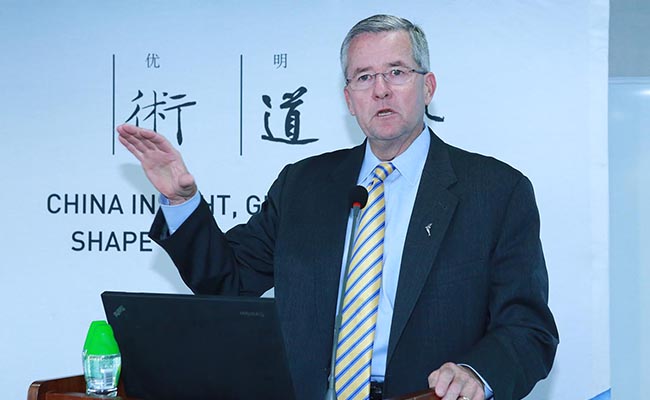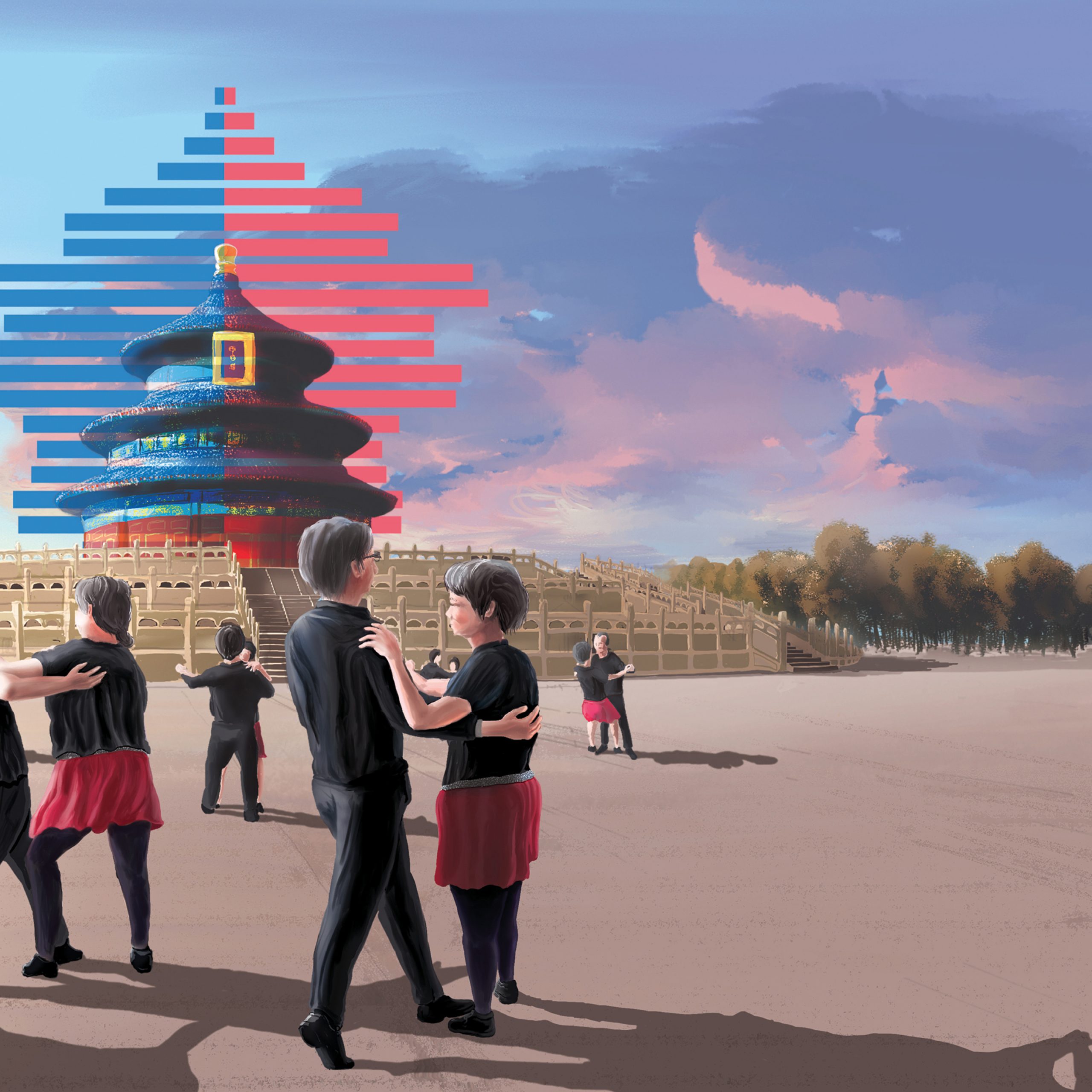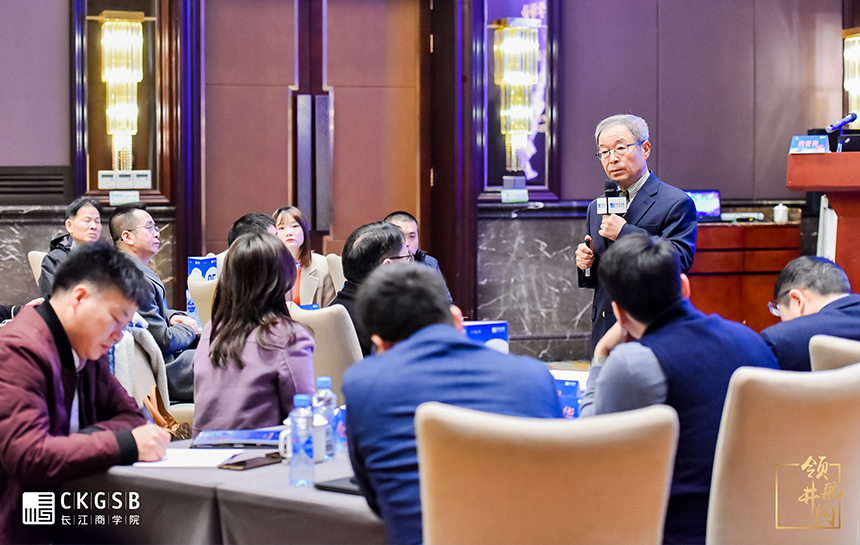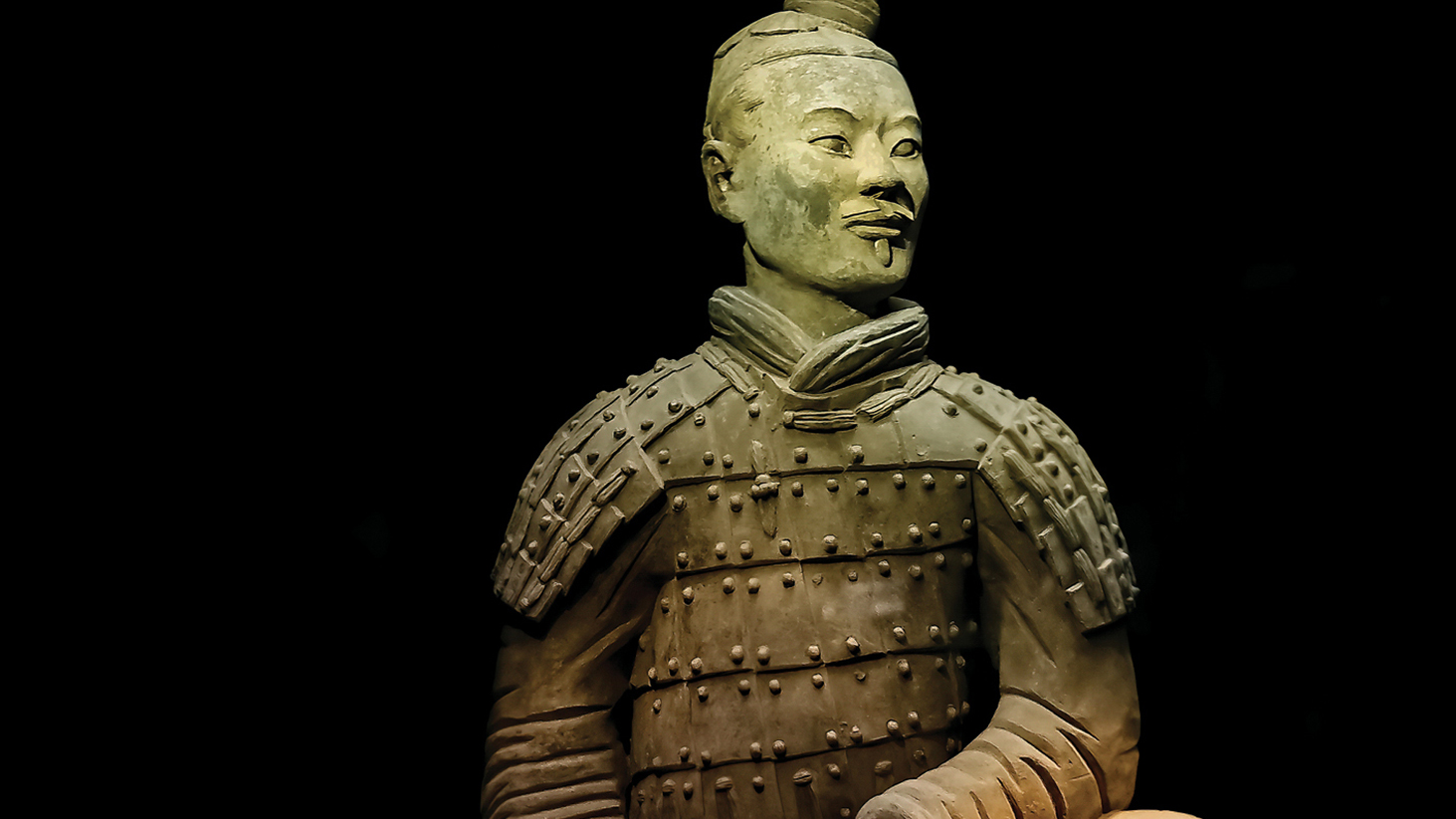Brian Gallagher, CEO of United Way Worldwide, on more meaningful philanthropy, and measuring the impact of and enforcing accountabilty in philanthropy projects.
As a charitable organization, United Way Worldwide (UWW) enjoys two unique advantages: the benefit of scale, and the ability to organize and manage community impact projects locally. UWW, a 125-year-old institution now, is an umbrella organization that supports a network of nearly 1,800 community-based United Ways in 41 countries and territories. It is the world’s largest privately funded non-profit (it raised over $5 billion in 2011-12).
When he took over at the helm, CEO Brian Gallagher’s biggest mandate was to redefine UWW’s mission from merely raising funds to creating community impact and changing people’s lives. Among other things, he also placed a lot of emphasis on things that are often neglected in philanthropic efforts, such as, measuring impact, accountability and transparency.
In this wide-ranging interview, Gallagher discusses implementing the shift in mission at UWW, measuring impact, enforcing transparency and accountability and UWW’s efforts in China:
Q. When you took over at United Way, a big part of your mandate was about reorienting the organization to create more community impact. Can you walk us through the ‘why’ of doing that?
A. The shift we went through at United Way was really because the economy had shifted so much. If you looked at the work we were doing in the US, we started as a result of the Industrial Revolution more than a hundred years ago. So the business proposition was to raise money for a group of NGOs that then collectively would provide services to people. As the economy globalized and became more technology- and knowledge-driven, the way people made a living and how they earned money, changed. The idea that either individuals or families alone could take care of their social service needs, or government alone could take care of social needs, was breaking down. It was more important for us to focus on the issues that people were facing at scale, instead of defining our success as how much money we raised.
Q. What were some of the changes you brought about, and how easy was it to reorient an organization which was now more than 100-plus years old?
A. It’s not easy to change an organization that’s 100 years old or more. Businesses, governments or NGOs that go through change, get focused on purpose. Once we set a vision around trying to respond to compelling human need, then it’s not easy but it’s easier to get people to understand how you move toward that, and why you raise money and why you partner with different organizations. Once we got agreement within (there are the 2.5 million volunteers and more than 10,000 employees across the world), you have to get everybody to agree on what the purpose and future vision is. Once you do that, change comes faster than you think.
The shift in mission is the biggest change. We historically defined our success (at) United Way, as how much money we raised–and we still raise more money than any private NGO in the world. But the biggest change was we changed our mission statement to improve people’s lives by mobilizing the caring power of communities across the world. (We had) to define our success by our ability to create change in people’s lives. We focused on three big areas–education, financial stability and livelihood, and health. The big shift was getting all of our 1,800 local United Ways across 41 countries to start focusing on those issues. Secondly, we tightened up all our of governance requirements, all of our management requirements, to get ourselves much more tightly managed as a network. Those are big shifts to go through.
Watch the video below:
Q. How did you arrive at education, income and health as key focus areas?
A. If you look at all the academic data and United Nations data and so forth, it almost always comes down to education, income and health. The UN Millennium Development Goals (are all about) education, income and health. The other (way we arrived upon this) is quite honestly, intuitive. As we looked at communities around the world, we kept finding that communities were working on the same issues. Education, income and health are the building blocks of a good life.
Q. It seems like there are many amorphous entities involved in UWW so how does your model work?
A. It’s not (as) amorphous. The best way to think about us is as a franchise. So we, UWW, own the name and the brand mark ‘United Way’. We license that brand to local groups and volunteer groups around the world to operate as United Way or a United Way affiliate. So if you are United Way in New York City or United Way in Mumbai, or Community Chest Korea [the UWW affiliate in Korea], you abide by the same governance principles and operating principles and you adopt a certain mission, but you are locally incorporated. So New York City has a local non-profit incorporated in New York. And Mumbai has a local NGO incorporated under Indian law in Mumbai. It’s the same thing in Korea. We share knowledge, do professional development and manage relationships together, whether government or corporate or NGOs, to organize themselves as a network. We’re big because in aggregate, it is more than $5 billion. But we are small, in that we are organized locally and managed locally.
Q. Is the fundraising also local?
A. It’s both, but it’s mostly local. When we start a United Way anywhere in the world or support United Ways, we teach them how to raise money from corporates and individuals, how to use technology, how to tie the fundraising to social and community projects. But then we also have relationships with foundations and corporations that go across national geography. So we will raise money as a network and then distribute it into our network across the world.
Q. It sounds like there are a lot of moving parts in the UWW model. How do you enforce the same rigor, transparency and accountability across the board?
A. Any organization that is as big as we are with as many different operations as we have is always going to be a challenge to manage. But we have. There’s no flexibility as it relates to governance of organizations. The need to be transparent in your operations and your finances, to be locally operated, to have volunteers and community members involved in your operation, that’s consistent across the world. Where there’s variability is how these United Ways and their affiliates work on social issues across the world, because economies are different, politics are different, cultures are different. Even though it may look unwieldy to manage, it allows you to stay close to communities, so you don’t try to manage from the center. But you require a certain commitment to operations and then you let from the bottom come how you respond to issues in one community that is very different from another. And not just from one country to another, but within countries, cities are very different. When it relates to how you respond to human need, I find our decentralized structure to be very helpful as long as you keep the operation and the governance consistent across the network.
Q. A key issue that many non-profits struggle with is measuring the return on investment of what they do. How do you deal with this?
A. Measuring results in human development is doable. It takes money and resources to do that. What we’ve gotten very good at United Way is measuring a project or a program. There’s very clear protocol on what we call ‘logic models’ where you can look at an education support program or a disease prevention program or a housing program and you can measure it’s success predicated on what you are trying to achieve, the magnitude of what you are trying to achieve, and over what period of time. You can actually measure that program.
What gets more challenging is if you take a hundred different programs or projects that are funded by government and NGOs and others, they don’t necessarily add up together to create community-scale change. So, if for instance we are working with NGOs in United Way Mumbai on malaria prevention, there are great individual malaria programs, but you could fund 100 of them and they wouldn’t necessarily add up to enough to bring down malaria rates. You then have to do community-wide intervention on awareness and media and students have (to be) involved. That one is more difficult, quite honestly, to be able to tie media campaigns, for instance, or broad-based educational awareness campaigns, to community-level results, because what you’re really focused on is normative change. Getting thousands of people to change behavior and that isn’t programmed by programs, is more informal. But it is doable–it just takes resources.
Q. A lot of people, NGOs and charities want to do good. But sometimes it also creates this culture of dependence where people are just waiting to be given money or help. How do you deal with such issues?
A. The way we try to respond to that question within United Way, is that the thing a person in a family needs most is a way to generate an income in order to sustain themselves. If you look at the millions of people that have been pulled out of poverty in emerging markets around the world, it had very little to do with non-profits, NGOs and civil society. It had a lot to do with market expansion, job creation and opportunity. Having said that, markets by themselves are not always fair. Use of capital is rational, but it is not necessarily fair or inclusive from a human perspective.
What’s critically important in terms of our work is not creating dependence but creating support for people to take advantage of market expansion, and to hold accountable businesses and government to make sure that economic expansion is inclusive. That’s quite honestly the challenge of both developed countries in Western Europe and North America and emerging economies in the Southern Hemisphere and East: creating a middle class that is actually sustainable. The market alone won’t do it, and social safety that’s focused on dependence won’t do it alone. You need a social system that supports to take advantage of the market expansion and the market opportunities.
Q. Has this been done really well in any country you have looked at?
A. I admire the way that the Canadian business community, civil society and government work together to create both a broad-based safety net, but also market expansion and business opportunity. If you look back to the financial crisis, Canada fared very well. Rational financial market, rational central bank, strong safety net and set of services, but an education system that’s focused on inclusiveness. The German economy and social system is (also) very successful. Again, it’s focused not just on the elite, but also on inclusiveness, so training and education is focused on economically how the Germans are trying to compete in the world. Personally I think the Canadian system and the German system have been successful economically and inclusive in nature and something to model.
Q. Just talking about philanthropy in general, we’ve been hearing a lot of concepts like venture philanthropy and corporate philanthropy, and then someone else comes along and says the answer really lies in social entrepreneurship. To your mind, what is a more lasting solution?
A. We always put labels on what we think are new ideas and there’s very seldom a brand new idea. What is enduring is back to this idea of ‘for business to succeed, it needs to do business in communities that are healthy, and for government to succeed long-term, their citizens need to be broadly successful’. Everybody has the same interest, so the question is not what is the most innovative. Venture philanthropy is not necessarily about new solutions. It’s about staying committed to a principle that the healthiest communities, whether they are villages, big cities, states, countries or the globe, are balanced. That means that our approaches have to be market opportunities, good government and strong civil society, strong citizen engagement. Citizen engagement creates innovation, creates new ideas, creates empowerment, and then those things get labeled whether it’s venture philanthropy or social entrepreneurship or CSR. Whatever it is, success is always the same. It’s the balance between those three legs in a stool.
Q. What, to your mind, is the future of philanthropy?
A. Millennials are going to change the way philanthropy is done. (It will be) much more issue-oriented again. My generation turned philanthropy into special interest. If you look at the people 45 years old to 65 years old, everybody wanted their own foundation. Everybody wanted their special interest. They wanted to support their NGO. If you look at the 20-year-old to 30-35-year-old, that person is much more, on average, issue-oriented. They want to take on the environment, they want to take on trafficking, and they want to take on health issues. That’s going to change philanthropy. Obviously technology is going to play a big role in that that generation already, but increasingly, (they) will connect with each other and create social movements to deal with causes and issues. Institutions like ours and government and others are going to have to work to keep up with the more informal movements that get facilitated by technology but more ordinarily are driven by a cause.
Q. What are your readings on the state of philanthropy in China?
A. I look at not just philanthropy, but I look at the charitable sector, the non-profit sector in China. It’s no different than my observation in countries around the world, which is non-profits follow the economy, because again, most non-profits in the charitable sector are designed to help support people to succeed economically and for the growth to be conclusive. So the economy here in China has been opened up for more than 30 years, rapid expansion, 7.5, or I guess almost 9.5% growth for more than 25-30 years. What’s happening in the charitable sector now is ‘what is the role of non-profits?’ And there’s clearly an opening up in terms of making it easier to register as a non-profit. The government is clearly seeing the need and the opportunity to provide more services through non-profits, not just through government-directed services themselves. Again, the multinationals that are here are looking to do their CSR programming.
The other thing that has happened in China is in response to disaster, the Chinese people have proven that they will support each other and they will give money. Again, I think it is going to cause-oriented and local in nature. What you’ll see in China is more localized experimentation in terms of the NGO sector. But I think fundamentally the shift is that the charitable sector and the non-profit sector is going to get professionalized in China. It’s going to become a sector. The challenge for government will be to allow that to grow—from their perspective, in the way they create and keep order, and don’t do the opposite. I’ve been saying to Chinese leaders, corporate and government leaders now for years that a good, effective charitable sector actually creates social stability. People focused on helping each other is actually a very healthy thing for community. The future of the charitable sector and philanthropy in China is very promising.
Q. How do you see UWW’s work in China evolve over the next 5-10 years?
A. Here in China our focus is three-fold. We’re working at a national level with corporations, government and NGOs, both Chinese-based private NGOs as well as government-supported non-profit organizations, to work to create a vision for the charitable sector in China. We’ve had so much experience in different countries around the world we think we can just bring thought leadership to that. Secondly, we will work with partners to try to build the capacity of non-profits themselves: training in non-profit management and governance, fundraising, program outcome measurements. We have already begun to pilot this model of how would you raise money and invest it in projects privately working with Shanghai Charity Foundation and other private NGOs in Shanghai and corporates to actually apply the United Way model. We have a strategy to do that in 10 major cities across China: work at a very high level in the future design, work on building capacity of non-profits and then actually pilot the approach in different cities across the country.

















